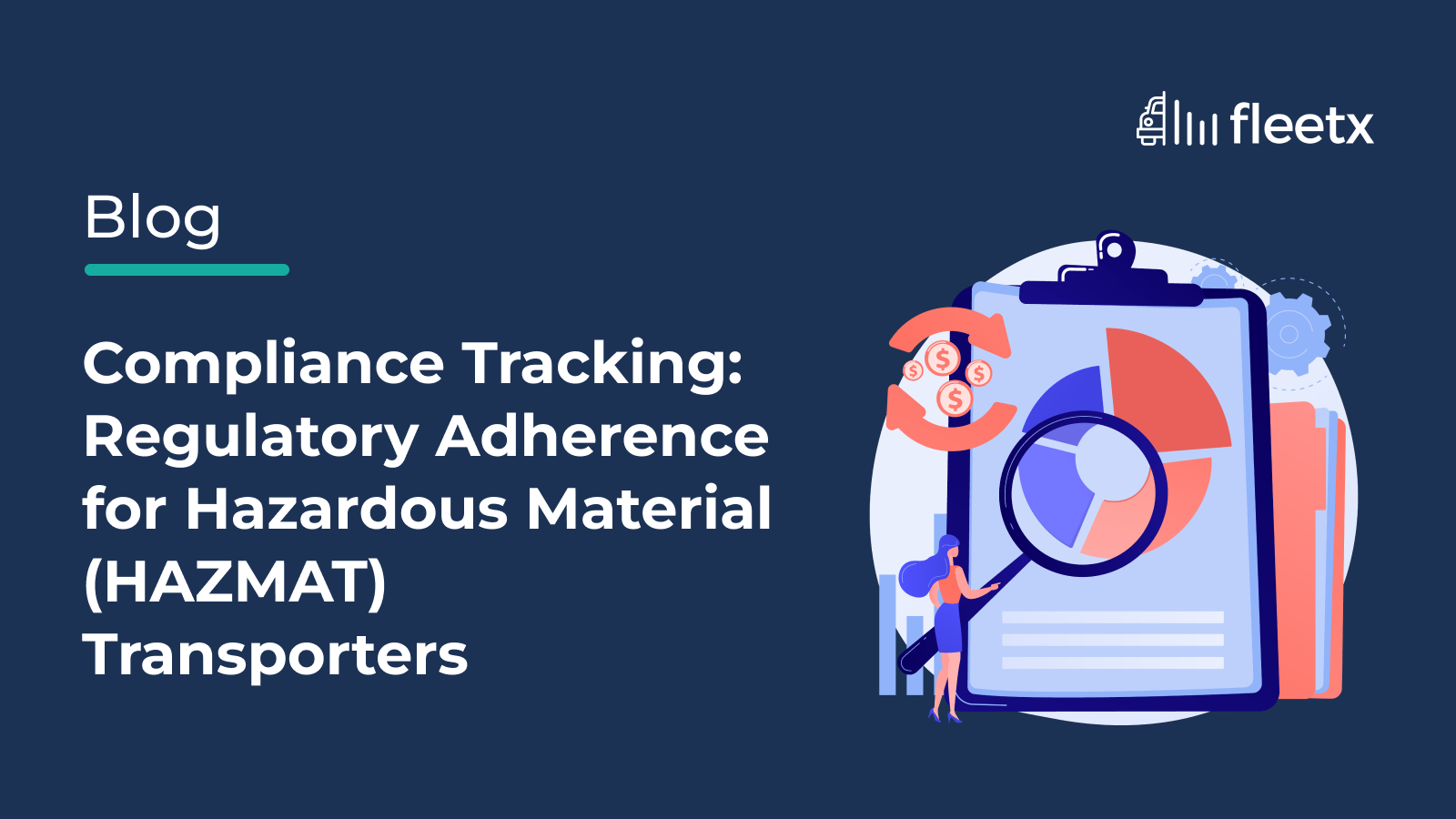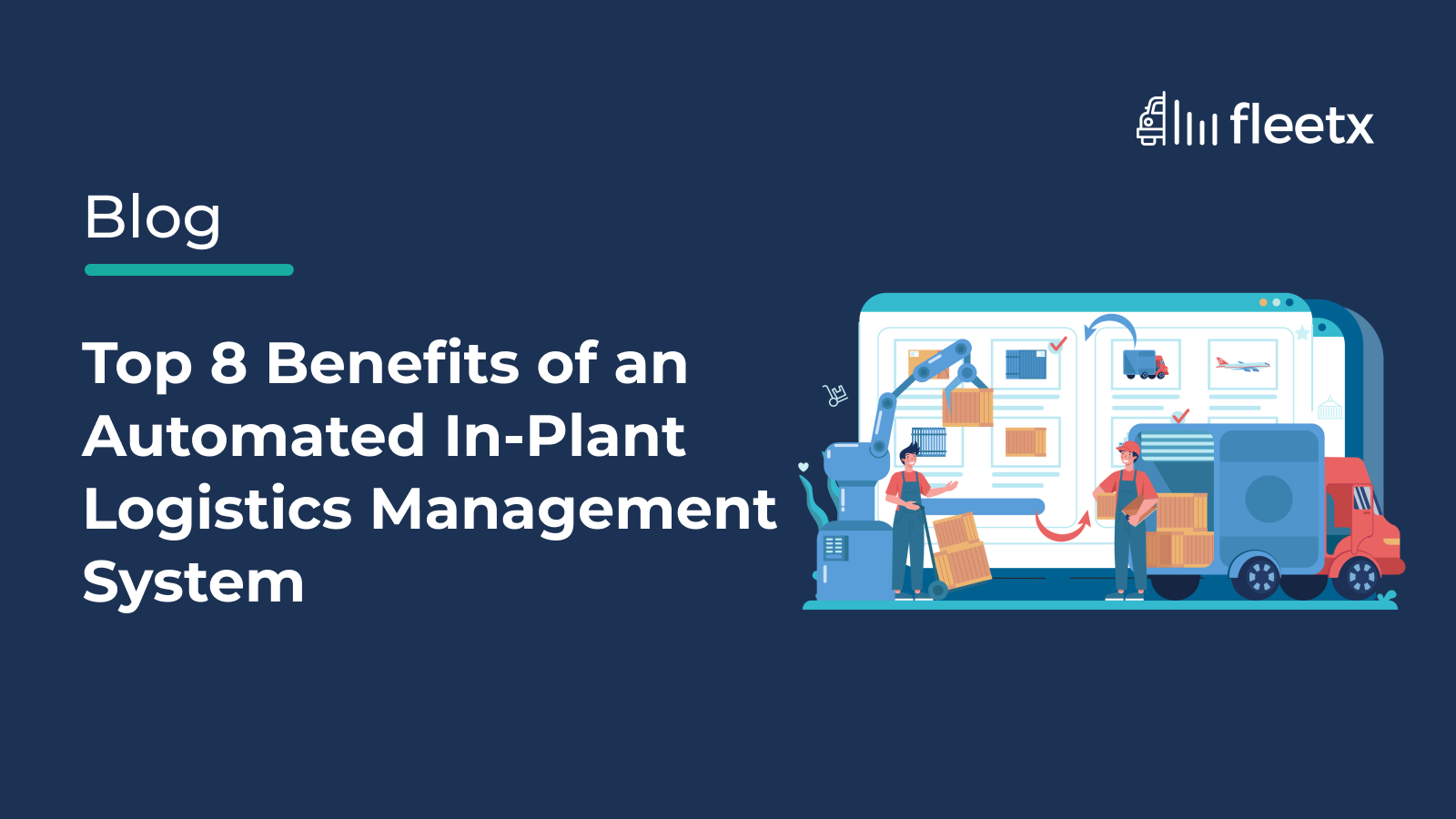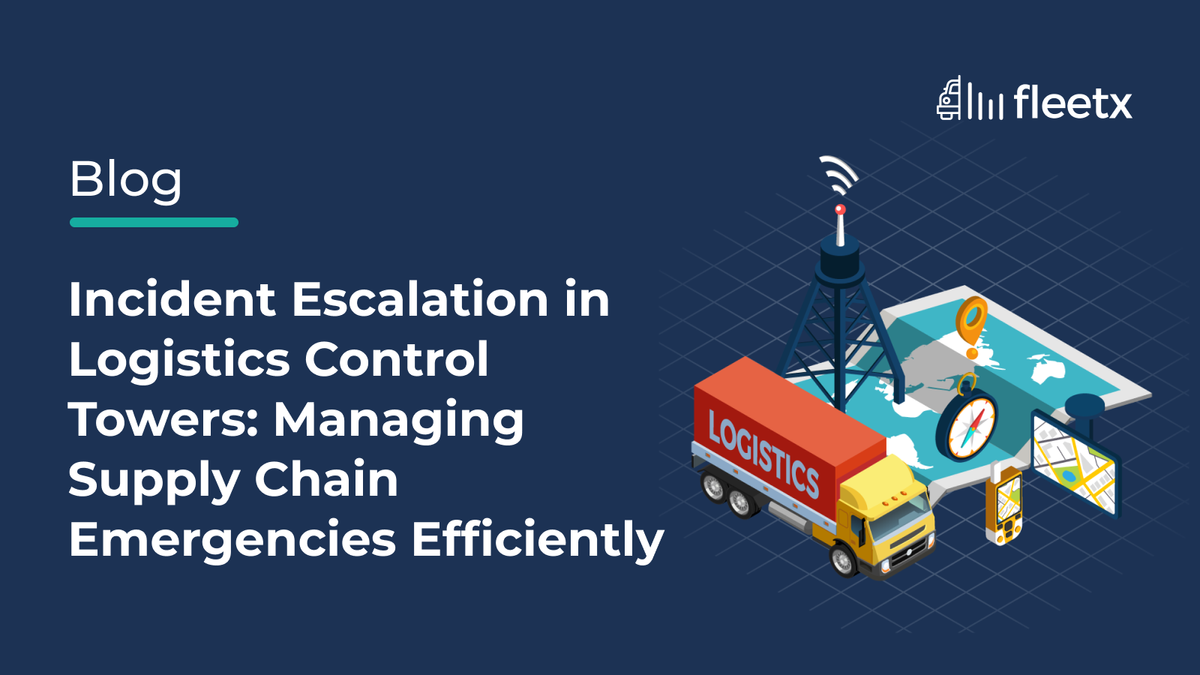
Transporting hazardous materials (HAZMAT) is a high-risk operation that requires strict compliance with government regulations. Safety is the top priority, as mishandling can result in environmental hazards, health risks, and legal penalties. In India, transporters must adhere to guidelines from regulatory bodies such as the Ministry of Road Transport and Highways (MoRTH) and the Central Pollution Control Board (CPCB). However, staying compliant can be challenging, especially with constantly evolving regulations.
With the advancement of smart technology and AI-driven solutions, compliance tracking has become more manageable. By leveraging these solutions, HAZMAT transporters can ensure regulatory adherence while also improving efficiency and reducing risks. This article explores the compliance challenges in HAZMAT transportation and how technology can help overcome them.
Compliance Challenges in HAZMAT Transport
1. Complex and Evolving Regulations: Regulations governing hazardous material transportation are stringent and often updated to address new risks. Keeping up with these changes manually can be difficult, leading to unintentional non-compliance.
2. Documentation and Record-Keeping: HAZMAT transporters must maintain various documents, including permits, Material Safety Data Sheets (MSDS), emergency response plans, and driver certifications. Managing and updating these records manually is time-consuming and prone to errors.
3. Safety and Risk Management: Failure to follow safety guidelines can result in spills, contamination, or accidents, leading to severe legal consequences and financial losses. Ensuring drivers follow safety protocols consistently is a significant challenge.
4. Route Compliance and Monitoring: Certain routes are restricted for hazardous material transport due to environmental or population risks. Monitoring route compliance and ensuring drivers stick to approved paths is crucial but challenging without real-time tracking.
5. Lack of Real-Time Visibility: Traditional methods of compliance tracking rely on manual checks and periodic audits, which may not catch violations in real-time. A lack of visibility can delay corrective actions and increase risks.
The Solution(s): How Smart Technology Can Help
AI and digital fleet management solutions, like those provided by Fleetx, are transforming compliance tracking for HAZMAT transporters. Here’s how technology can simplify adherence to regulations:
1. Automated Compliance Updates and Alerts: Fleet management software can automatically update regulatory changes and send alerts to transporters and drivers. This ensures that all stakeholders stay informed about new compliance requirements without manual effort.
2. Digital Documentation Management: AI-powered platforms allow transporters to store and manage all compliance-related documents in a centralized digital repository. This reduces paperwork, minimizes errors, and ensures quick access to necessary documents during inspections.
3. Real-Time GPS Tracking for Route Compliance: With real-time GPS tracking, transporters can monitor vehicle movements and ensure that drivers follow approved routes. Geofencing technology can alert managers if a vehicle deviates from its permitted route, allowing for immediate corrective action.
4. Driver Safety Monitoring and Training: AI-driven telematics solutions can track driver behavior, including speed, braking patterns, and rest periods. This helps to ensure that drivers follow safety protocols and receive necessary training based on performance data.
5. Incident Detection and Emergency Response: Smart sensors can detect temperature fluctuations, leaks, or unauthorized access to hazardous materials. In case of an emergency, the system can automatically notify authorities and emergency response teams, reducing reaction time and potential damage.
6. Predictive Maintenance and Vehicle Health Monitoring: Regular vehicle maintenance is crucial for HAZMAT transport compliance. AI-powered predictive maintenance solutions can analyze vehicle health data to prevent breakdowns, ensuring that trucks remain in optimal condition and meet safety regulations.
7. Comprehensive Compliance Dashboards: Fleet management platforms provide detailed compliance dashboards, offering real-time insights into regulatory adherence, documentation status, and risk levels. These dashboards help fleet managers make informed decisions and maintain compliance effortlessly.
To Conclude
Ensuring regulatory compliance in HAZMAT transportation is essential for safety, environmental protection, and legal adherence. However, manual processes make it difficult to track evolving regulations, maintain proper documentation, and enforce safety measures.
Smart technology solutions, like those offered by Fleetx, simplify compliance tracking through automation, real-time monitoring, and AI-driven insights. By leveraging digital tools, HAZMAT transporters can minimize risks, improve efficiency, and ensure seamless regulatory adherence.
As India’s logistics industry moves toward greater digitalization, adopting AI-powered compliance solutions is no longer an option - it’s a necessity to stay relevant in the market. With the right technology, HAZMAT transporters can enhance safety, avoid legal complications, and contribute to a more efficient and responsible logistics ecosystem.






